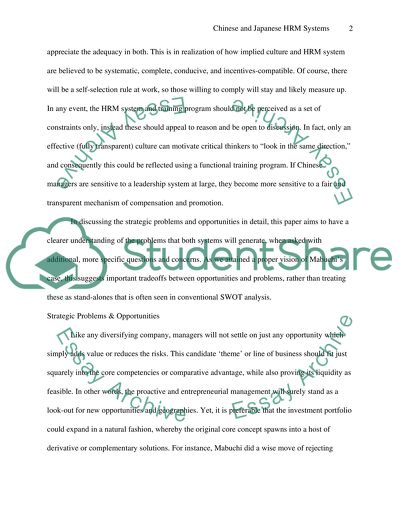Cite this document
(Comparison of HRM Strategies of Chinese and Japanese Systems Essay, n.d.)
Comparison of HRM Strategies of Chinese and Japanese Systems Essay. https://studentshare.org/human-resources/1532780-hrm-strategies-comparing-the-chinese-and-japanese-systems
Comparison of HRM Strategies of Chinese and Japanese Systems Essay. https://studentshare.org/human-resources/1532780-hrm-strategies-comparing-the-chinese-and-japanese-systems
(Comparison of HRM Strategies of Chinese and Japanese Systems Essay)
Comparison of HRM Strategies of Chinese and Japanese Systems Essay. https://studentshare.org/human-resources/1532780-hrm-strategies-comparing-the-chinese-and-japanese-systems.
Comparison of HRM Strategies of Chinese and Japanese Systems Essay. https://studentshare.org/human-resources/1532780-hrm-strategies-comparing-the-chinese-and-japanese-systems.
“Comparison of HRM Strategies of Chinese and Japanese Systems Essay”. https://studentshare.org/human-resources/1532780-hrm-strategies-comparing-the-chinese-and-japanese-systems.


